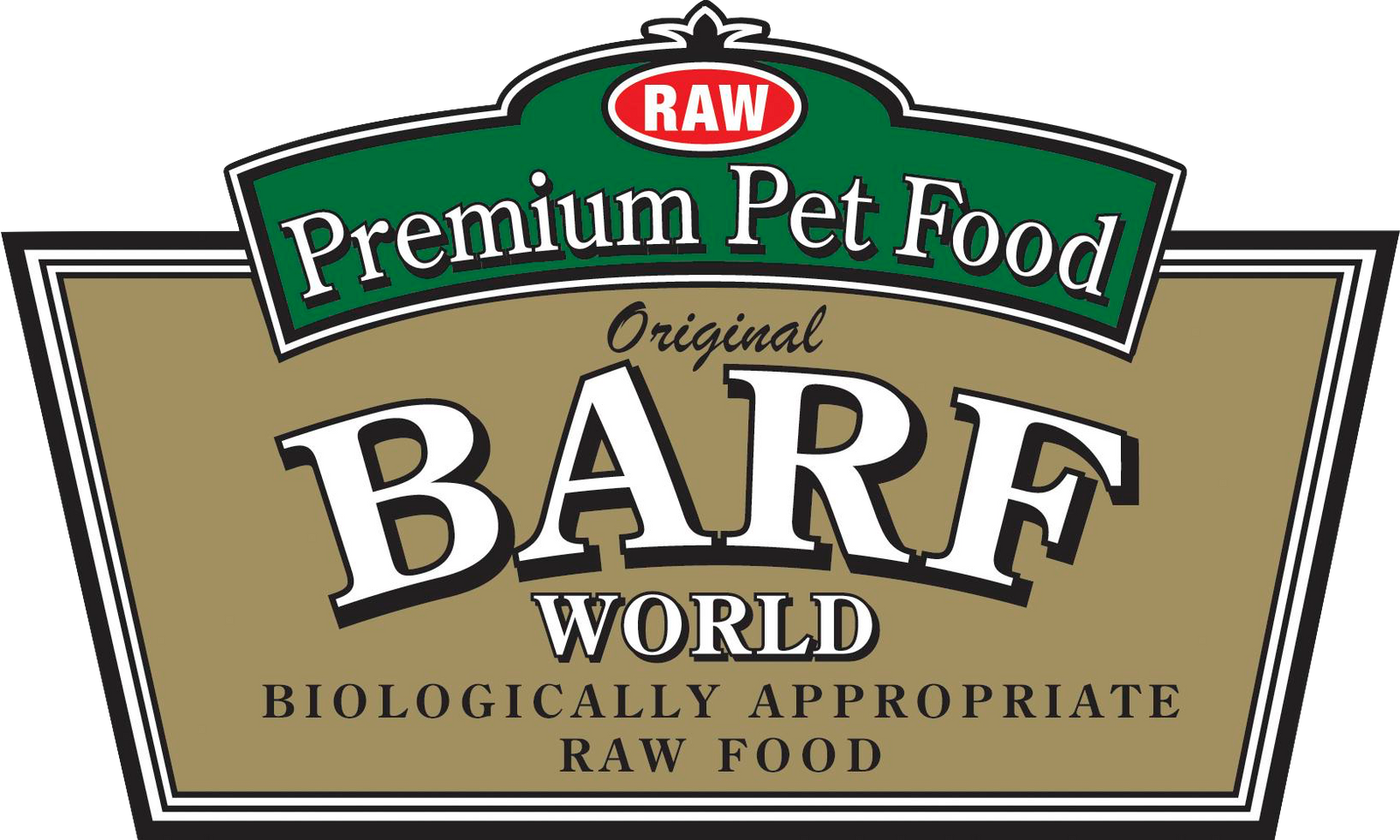Calorie content in our raw BARF World diets is commonly considered when making a decision on the right protein for your pet and their health needs. Perhaps the increase in obesity is becoming rampant and pet owners are beginning to pay attention to the ever increasing weight problems we face in this country. We receive more and more calls each day from customers that are wanting advice on how to control their dog's weight.
The importance of knowing the calorie intake of your pet is important information that you can then control the energy balance. An energy imbalance occurs when an animal’s daily energy consumption is either greater or less than its daily requirement, leading to changes in growth rate, body weight, and body composition. It is more common in dogs and cats to have an excess energy intake. This over consumption or energy has been shown to have several detrimental effects on dogs- especially the large and giant breeds. Feeding growing puppies to attain maximal growth rate appears to be a significant contributing factor in the development of skeletal disorders including hip dysplasia.





